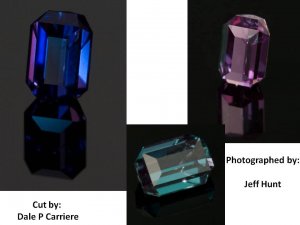Gailey
Ideal_Rock
- Joined
- May 14, 2008
- Messages
- 3,783
Up until today I wondered what all the fuss was about. Then I happened across this wonderful looking stone. I can''t link to it, because it appears on a blog page. It was cut by a man I have heard little about before called Dale P. Carriere and it was photographed by Jeff Hunt. I hope neither of these gentlemen mind me posting the pictures.
Perhaps Jeff will see this and come and tell us a bit about photographing such an enigmatic stone (without giving his secrets away of course).
Meanwhile, enjoy!

Perhaps Jeff will see this and come and tell us a bit about photographing such an enigmatic stone (without giving his secrets away of course).
Meanwhile, enjoy!







300x240.png)